The post 8 Simple Guidelines for Capturing Spectacular Sunrise and Sunset Images appeared first on Digital Photography School. It was authored by Tim Gilbreath.
When we are asked to think of popular subjects for landscape photography, images of beautiful sunsets and sunrises immediately come to mind.
What outdoor photographer worth their salt doesn’t have at least a couple of images of the sun dipping below the horizon?
In most people’s minds, sunrise and sunset photography is an easy thing to capture; the beauty and scale of the event itself should carry the photo, with minimal interaction from the photographer.
But is this really the case?
Unfortunately, it’s not. Unless you’re relying on luck alone, you’ll need to possess a few seeds of knowledge (eight, in this case!) to get you started capturing that epic sunrise or sunset.
None of these guidelines are difficult to comprehend, and they can all vastly improve your chances of properly capturing one of Mother Nature’s most incredible events.
So let’s jump right in!
1. Scout the location
As tempting as it is to just show up at a convenient location and start shooting, you greatly increase your chances of success by planning your sunrise or sunset photoshoot in advance. The first thing you’ll want to determine is the best location from which to shoot.
Pick a location that is out of the way of road and foot traffic, where you’re unlikely to be disturbed. Go to the location in broad daylight before the shoot, and ensure your view of the horizon will be unobstructed and free of any hazards.
The most important factor after the location is the time of day. Obviously, this will vary depending on whether you’re capturing a sunrise or a sunset.
But start by checking the weather. If your shooting time coincides with an approaching or recently-ended storm, the results can be staggering. Rain and storm clouds can add a dramatic layer of dimension to the scene.
You can also pinpoint the perfect time to shoot with an online tool or smartphone app that will display precise sunrise and sunset times for your location. Many low-cost (and sometimes free) solutions are available, including PhotoPills (for Android and iOS), and The Photographer’s Ephemeris (for Android and iOS).
2. Sunrise or sunset?
If you’re familiar with color temperature, you’ll know that there is a slight difference in the appearance of light at sunset versus sunrise. Early morning light tends to be cooler (higher blue) than light in the late evening, which leans toward warmer color casts consisting of orange and red.
Since there are different color temperatures at work here, you might need to adjust your photos, depending on the look you’re after. You can do this through your camera’s white balance settings, through warming or cooling filters, or via adjustments in post-production – where you’ll need to add or remove warmth to achieve the perfect final photograph.
Be aware that physical filters placed over your lens will degrade image quality slightly, because they’re an additional obstacle for light to pass through, so adjusting color temperature with camera settings or in post-production is often the better choice.
3. Plan your shots
Another important step to accomplish before heading out is to plan what you hope to achieve in your sunrise or sunset photo.
Ask yourself:
What look are you going for? Will you capture a definitive subject lit by the sunlight, or will the sunset itself be the star of the show?
Planning beforehand is also a great time to determine any other special considerations, such as whether you’ll be shooting an HDR (high dynamic range) photo.
If you do decide to use an HDR technique, you’ll need to prepare your camera for bracketed exposures to capture the full range of tones in the scene.
But while HDR can be a bit tricky to pull off, it’s a great way to produce some truly dramatic images!
4. Gather the proper gear
You can’t capture the right shot without the right gear, so make sure you have everything ready to go before you head out.
First and foremost, you’ll want to bring your tripod. Sunrises and sunsets are potential low-light situations (depending on the part of the sunset you’re trying to capture), so you’ll need a steady base for your camera.
Second, you’ll want to determine the right lens to use for the shoot. While beautiful landscapes can be captured using a 50mm to 85mm focal length, a wide-angle lens is preferred, including any zoom lenses that can shoot at 40mm or below. If you have a prime lens in the 12mm to 40mm range, you’ll have a better chance of capturing an even sharper image, and using a wide-angle lens will allow you to capture a vast, sweeping portion of the scene.
Do you own and use screw-on filters for your camera?
Although using filters can degrade image quality a bit, some can be useful here. A GND (graduated neutral density) filter, for instance, will darken the upper portion of the sky and keep it well-exposed and dramatic, even without HDR techniques.
A polarizing filter, on the other hand, may actually be a hindrance in these situations, so I recommend you avoid them.
(Polarizers reduce the amount of light coming in to the sensor, further increasing the required exposure time, which may not be ideal if you’re trying to freeze motion, such as ocean waves.)
5. Use the right settings
Before you even arrive at your photoshoot destination, you can choose the settings on your camera.
Since you’re shooting a landscape image, you’ll want to use a smaller aperture, such as f/8, f/11, or even higher, to maximize the depth of field and capture sharp detail throughout. If you’re using a tripod, this shouldn’t be a problem.
Although you can shoot in Manual mode, I personally prefer to shoot almost everything in A/Av (Aperture Priority mode). This way, I can lock in my aperture and let the camera choose a proper shutter speed. Since low-light situations like this can confuse the camera and you run the risk of overexposure, you can always use your camera’s exposure compensation settings to drop the brightness a bit.
If possible, you should use a low ISO, such as 100 or 200, to ensure there isn’t a lot of noise in the final shot. This should be very achievable if you’re working with a tripod. However, if you’re hand-holding your shot, you will need to bump the ISO up to get a shutter speed that’s fast enough to avoid a blurry photo.
This is also the time to choose your white balance, and as I mentioned above, you can use this setting to boost (or reduce) the warmth of your shot. If you’re after a warm, orangish image, set your white balance to the Shadow, Cloudy, or Daylight option.
And, of course, always shoot in RAW! To a certain extent, shadows and highlights that are lost in a shot can be recovered in post-processing later – but only if you have a RAW file.
6. Compose for interest
Now that the preparation is over, we get to the fun part! Once you’re on location and are ready to take the shot, you’ll need to consider your composition.
The most common error when shooting sunsets or sunrises is positioning the horizon exactly in the middle of the photo. While this can work, it normally causes a bit too much symmetry and can make the picture uninteresting.
Take a moment to look your scene over. Ask yourself: What part of the sunrise or sunset is the most dramatic? Are there any parts that aren’t that interesting?
Once you’ve done this, simply compose the shot to include more of the most dramatic scenery. If you have an angry, cloudy sky that accentuates the sunlight, let that occupy the upper two-thirds of the scene. If you have an interesting foreground or landscape but a less intriguing sky, let that occupy the bottom two-thirds of the image.
You want to draw the viewer into the composition, then let their eyes drift to the most dramatic part of the image.
7. Waiting for the right shot
If you already have experience shooting landscapes, you know that sometimes waiting is the name of the game. Because of the dynamics of natural lighting, a scene can completely change from one hour to the next – and sometimes even from one minute to the next.
That’s why a sunrise or sunset shoot is the time to be creative! Try different exposure times and play with your exposure compensation settings for different tones. Let the clouds and sun change positions, then reshoot, or try a slightly different angle.
Maybe even include additional subjects in the frame, and shoot them in the foreground against the sunrise or sunset. The longer you’re at the location shooting, the more variety you’ll end up with!
8. Don’t leave too early
One of the most common tips you’ll hear regarding sunset photography is to stick around after the sun dips below the horizon.
This is certainly good advice, as the entire dynamic of the scene changes after sundown.
Specifically, the tones, colors, and hues in the sky often become more saturated and dramatic. You’ll need to compensate for the loss of your main source of light, probably with a tripod – but it’s hard to deny some of the most beautiful images can be shot right after the sun is out of sight.
8 simple guidelines for sunrise and sunset photography: Conclusion
Now that you’ve finished this article, you should be ready to capture some stunning images at sunrise and sunset!
So get up early, stay out late, and create some gorgeous photos.
Now over to you:
Do you have any beautiful sunset or sunrise photography you’d like to share? Post it in the comments below!
The post 8 Simple Guidelines for Capturing Spectacular Sunrise and Sunset Images appeared first on Digital Photography School. It was authored by Tim Gilbreath.

Digital Photography School











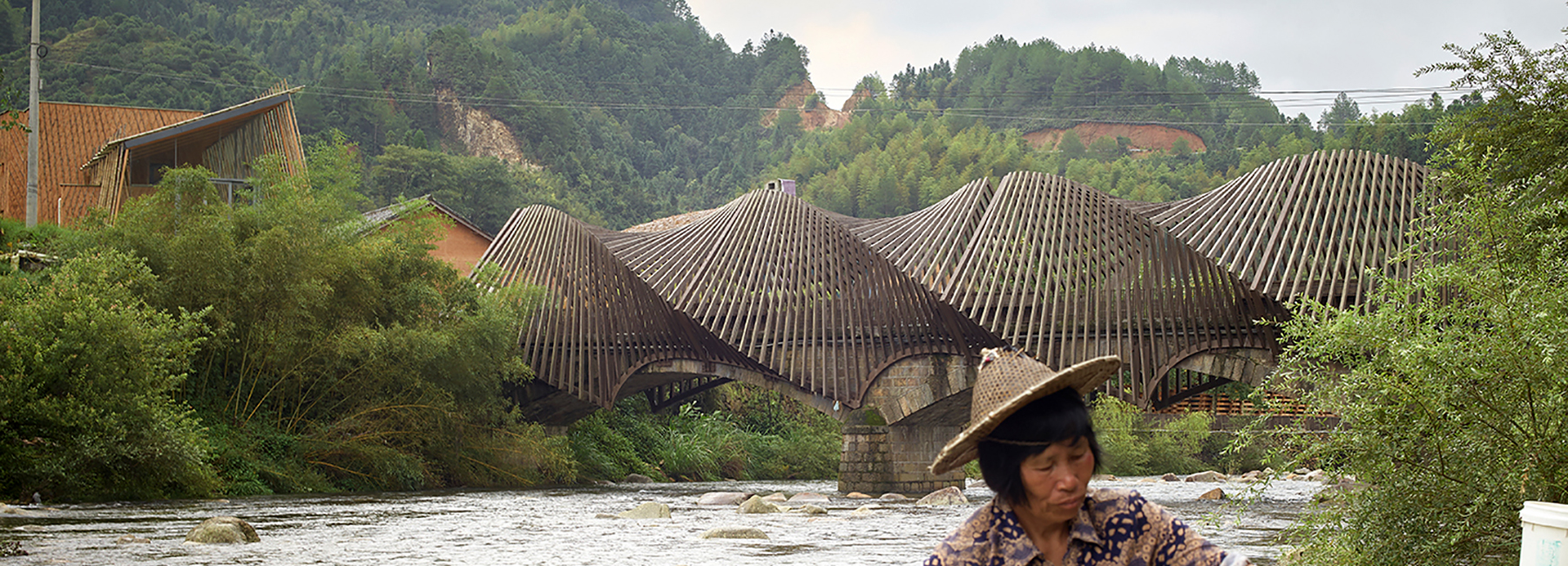


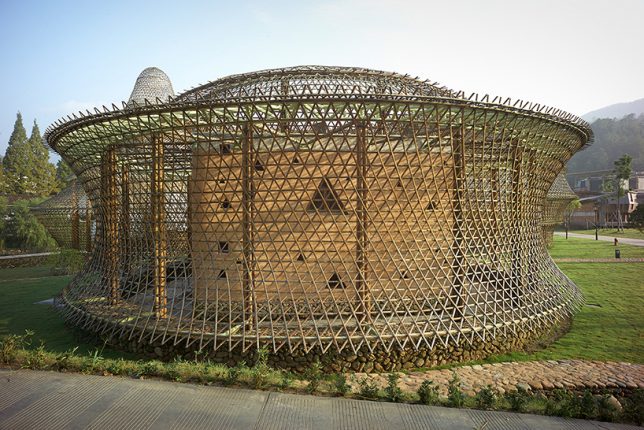
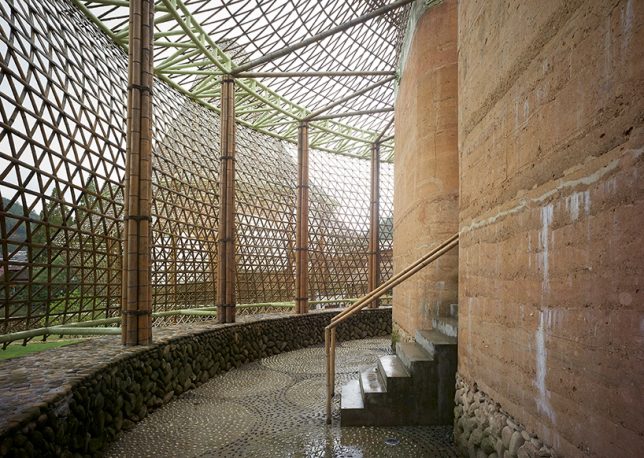

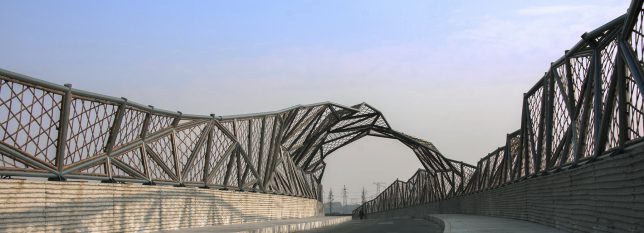
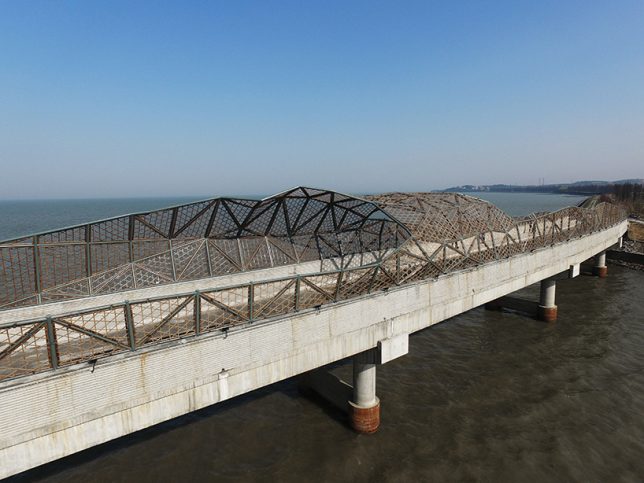
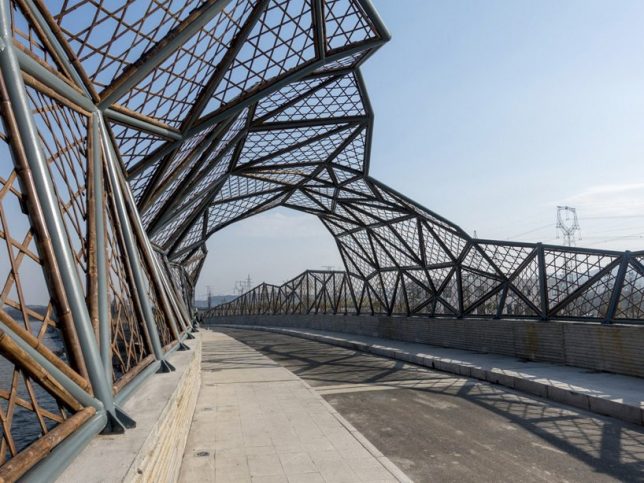
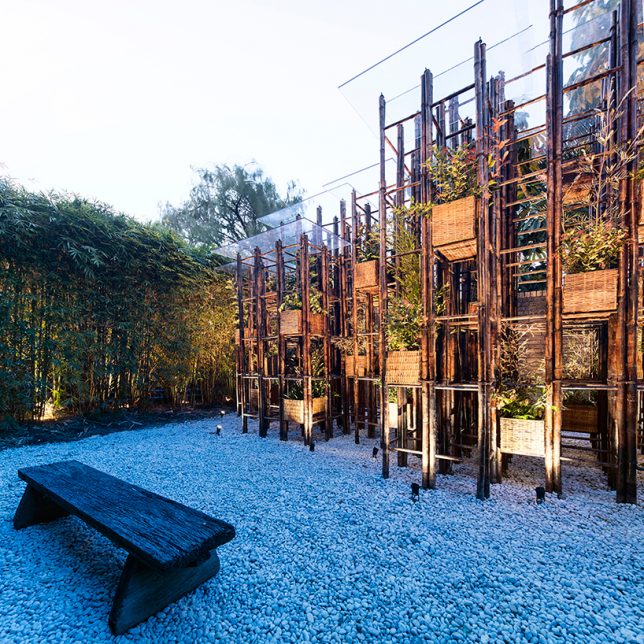
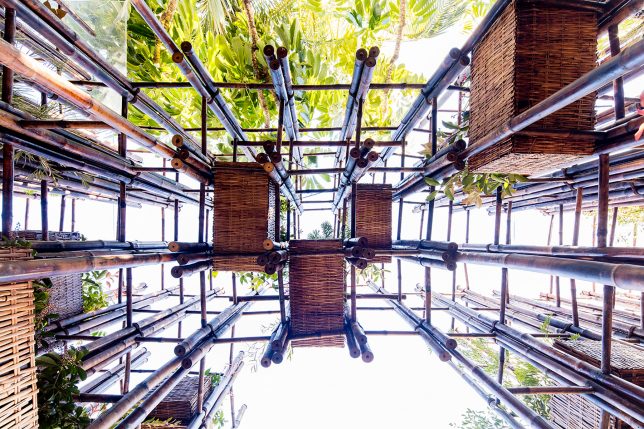
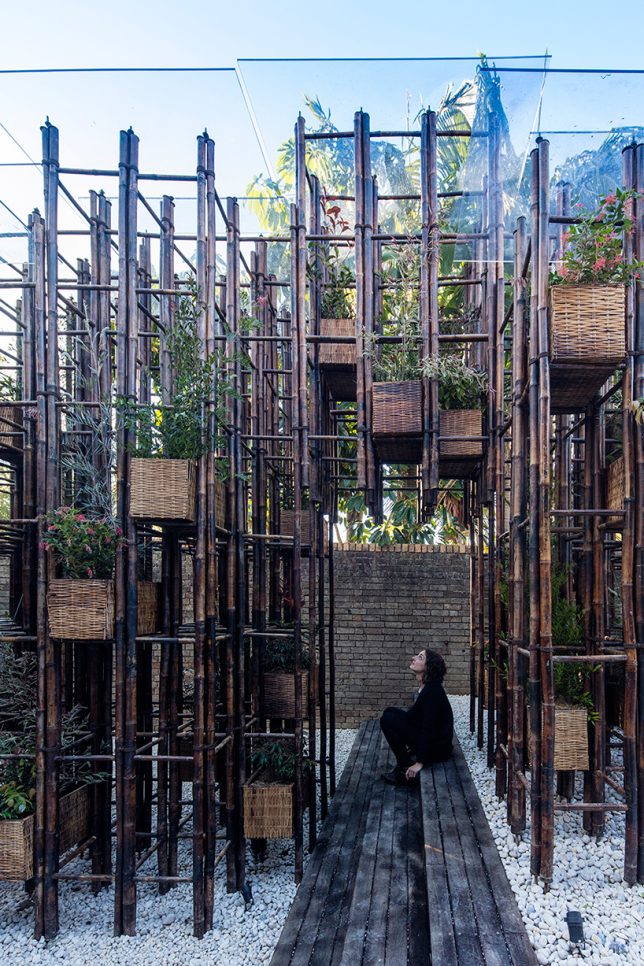
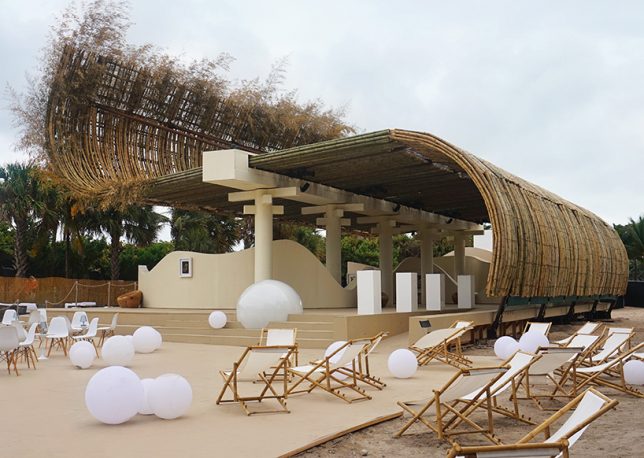
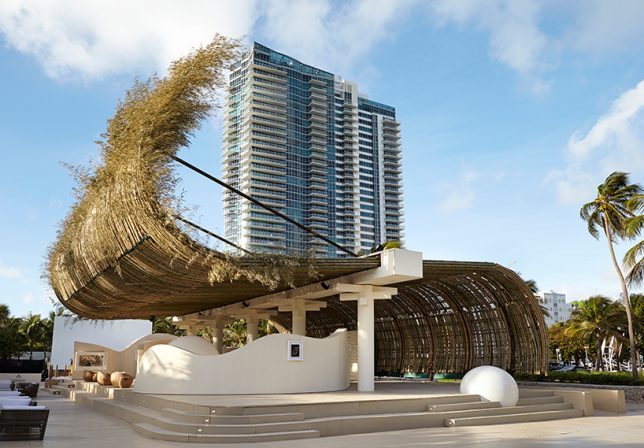
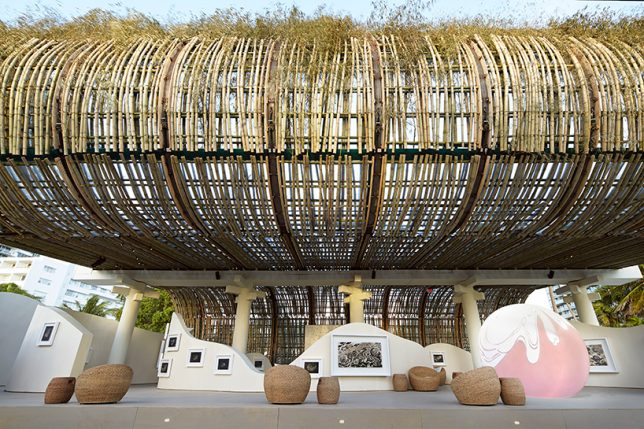





















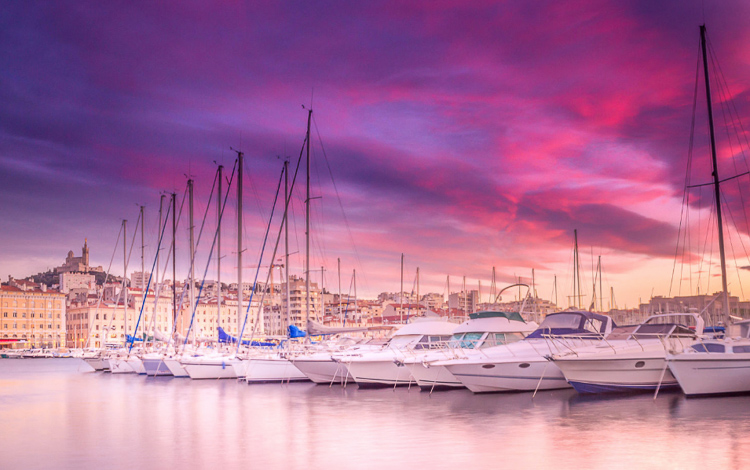
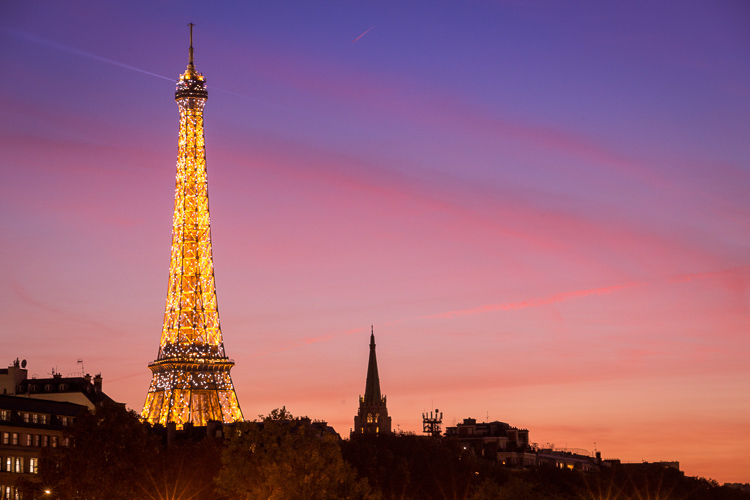

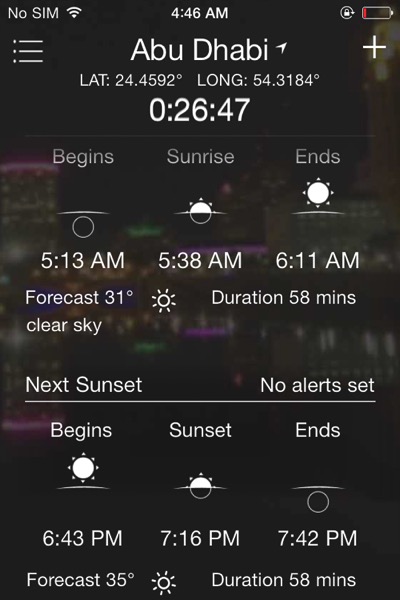
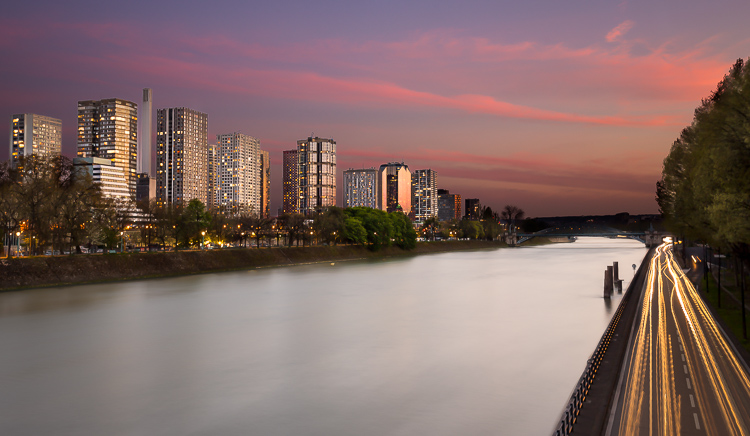
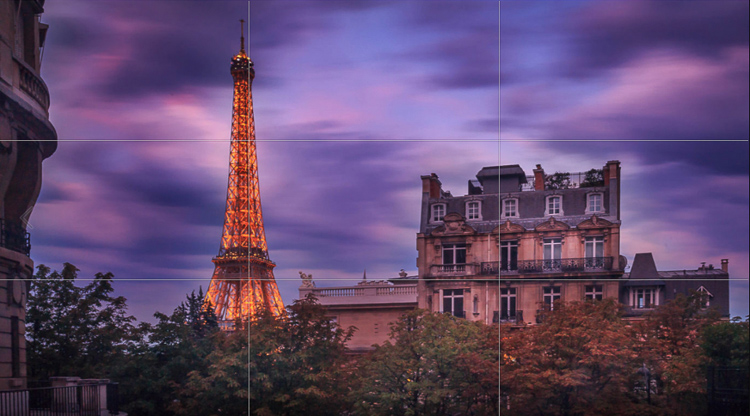
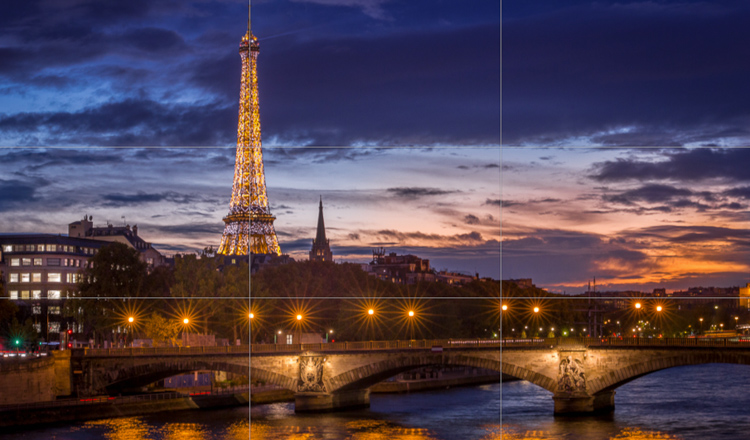

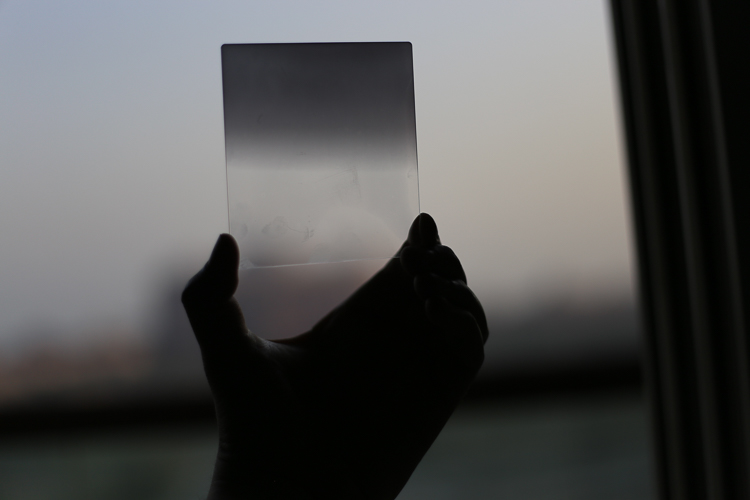
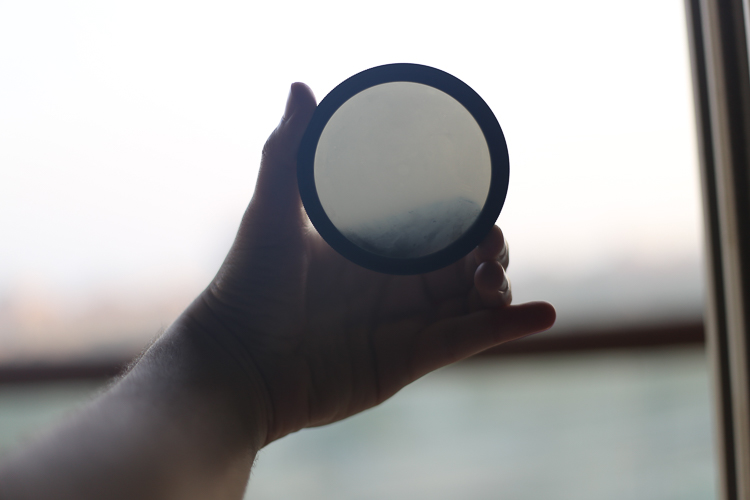

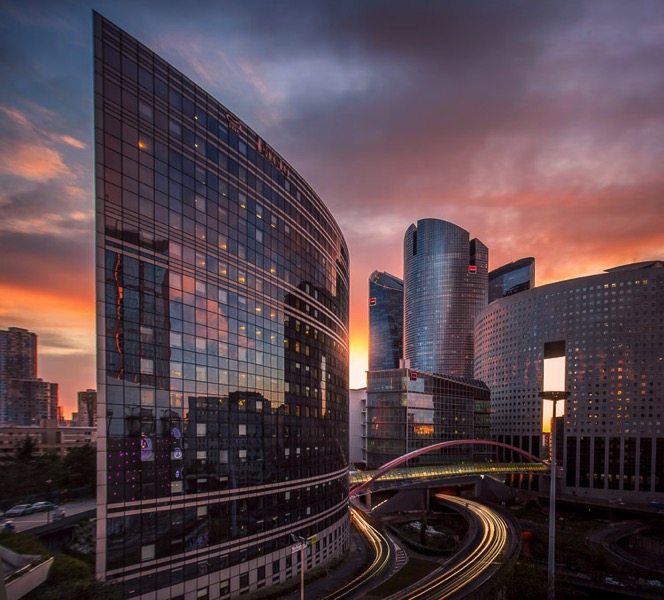
You must be logged in to post a comment.